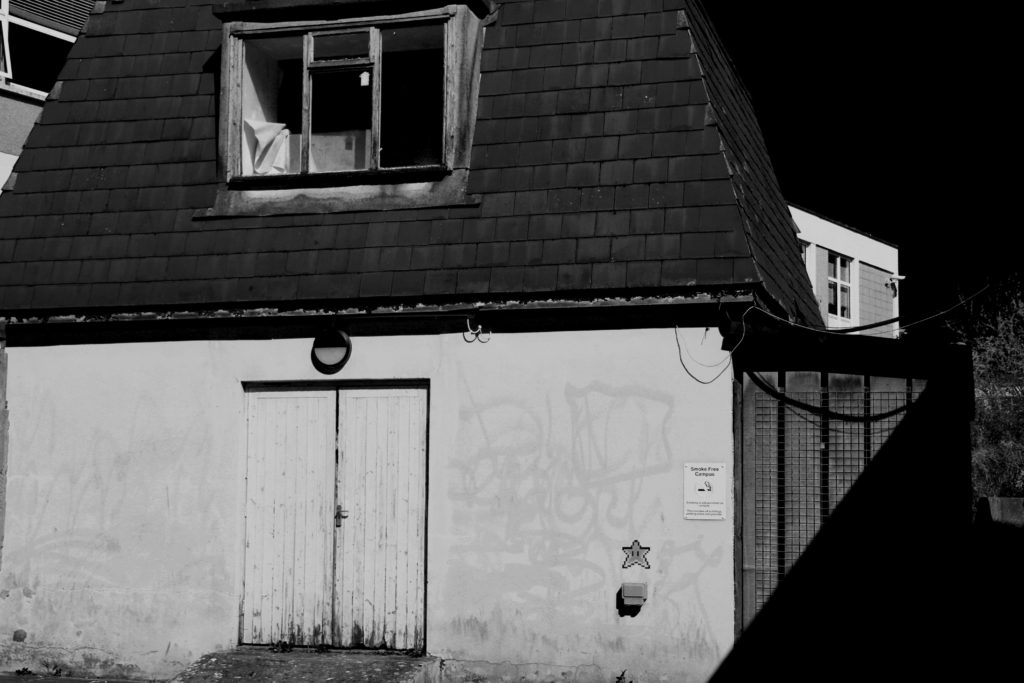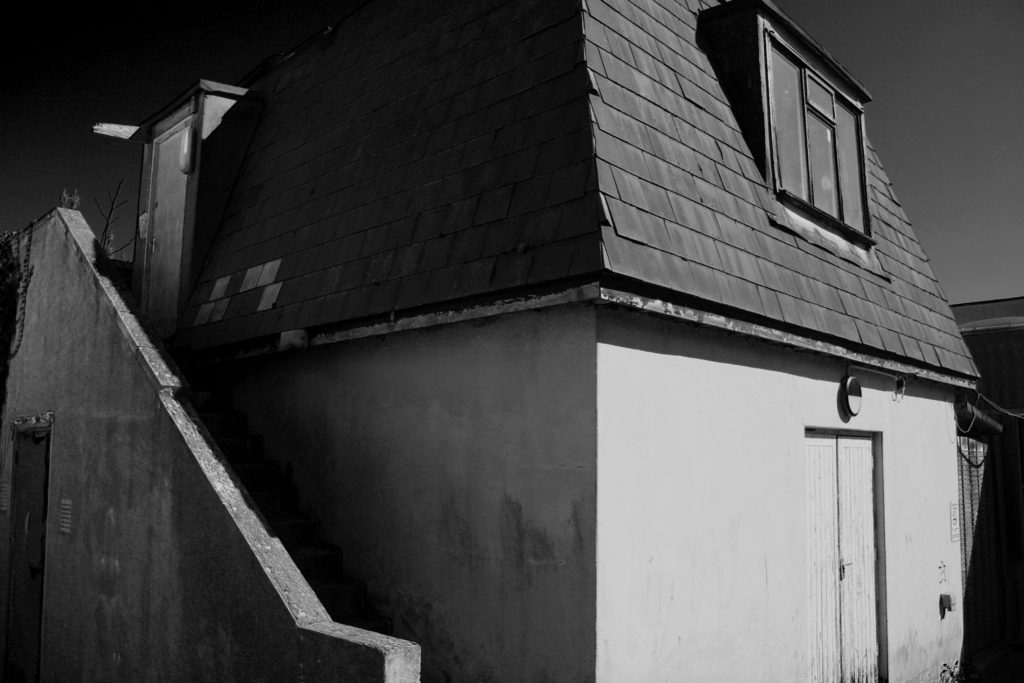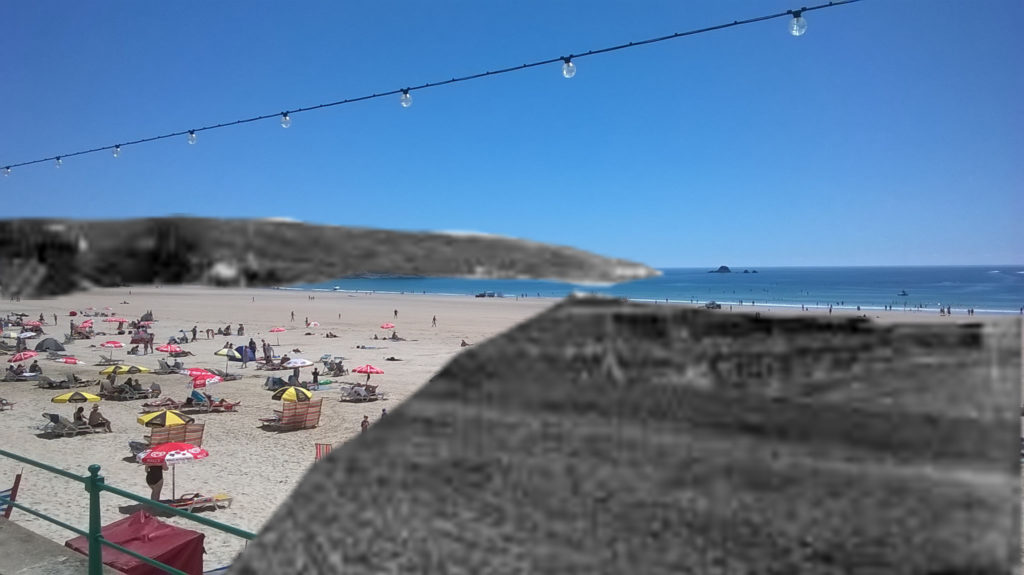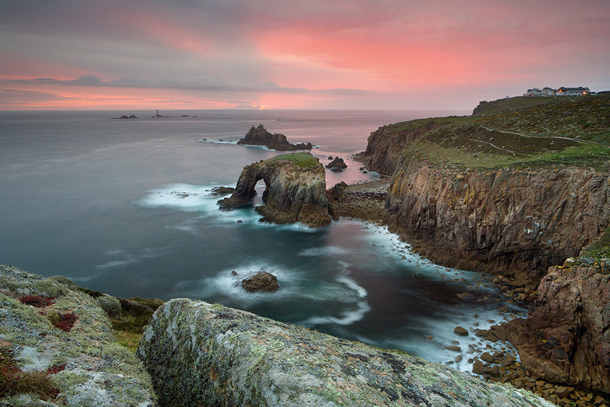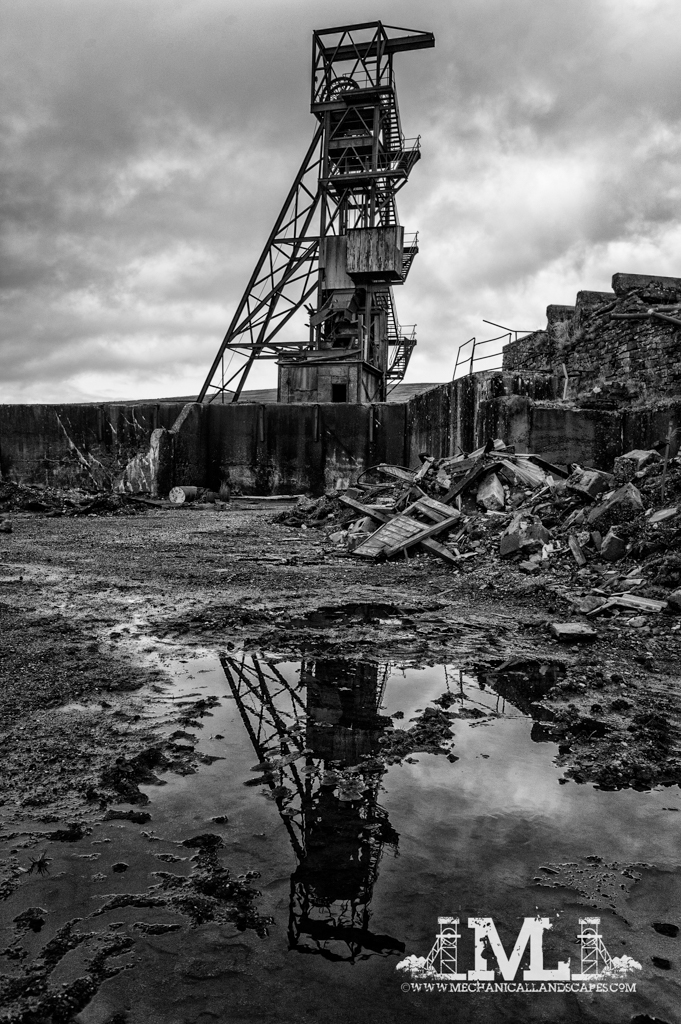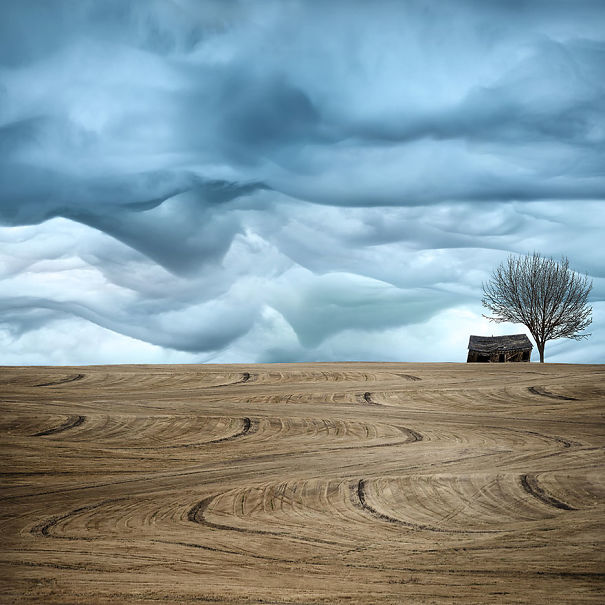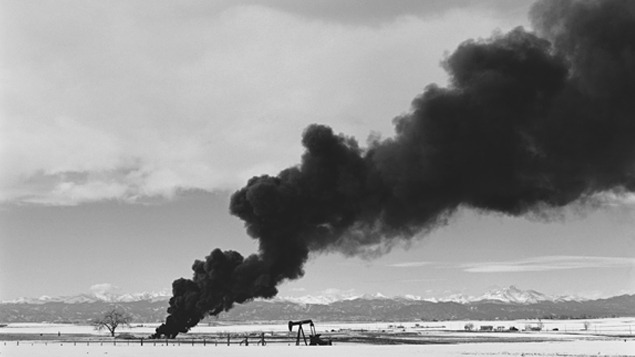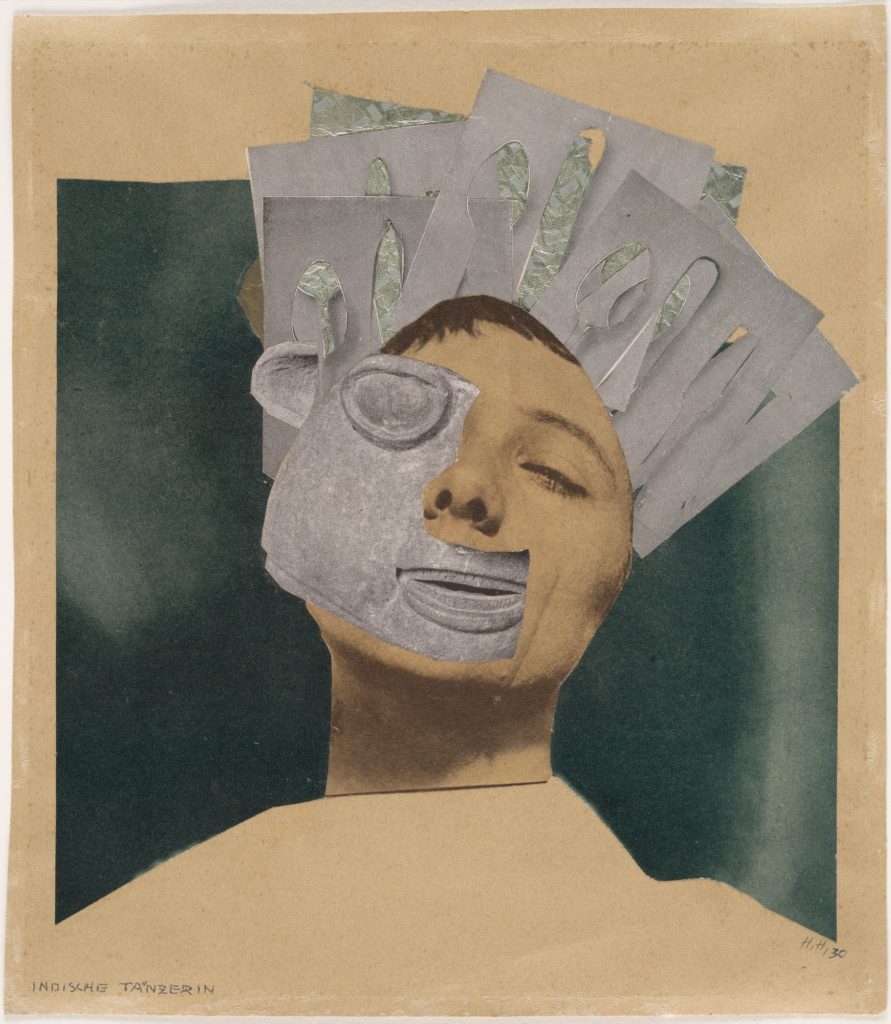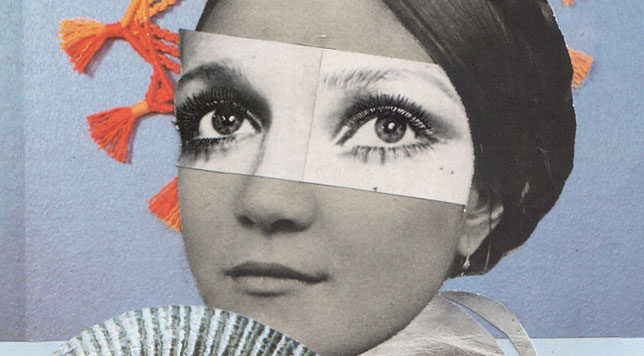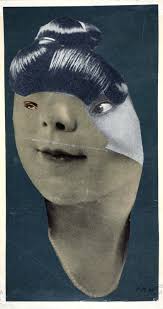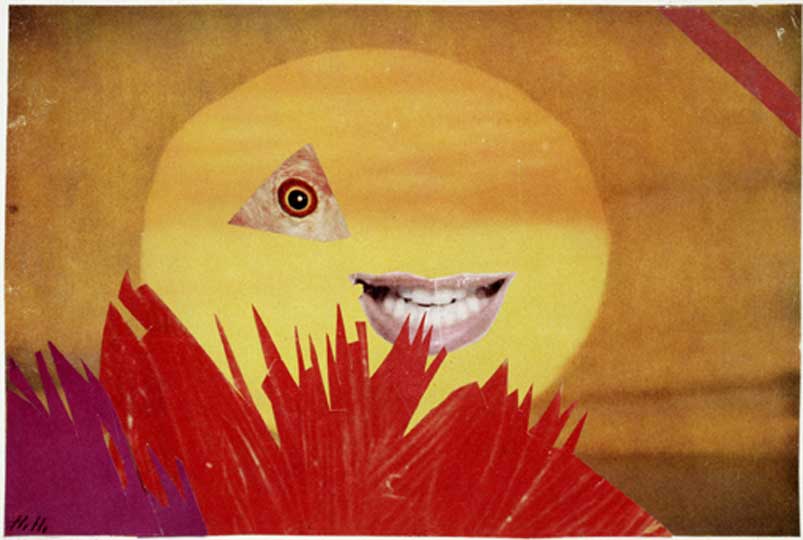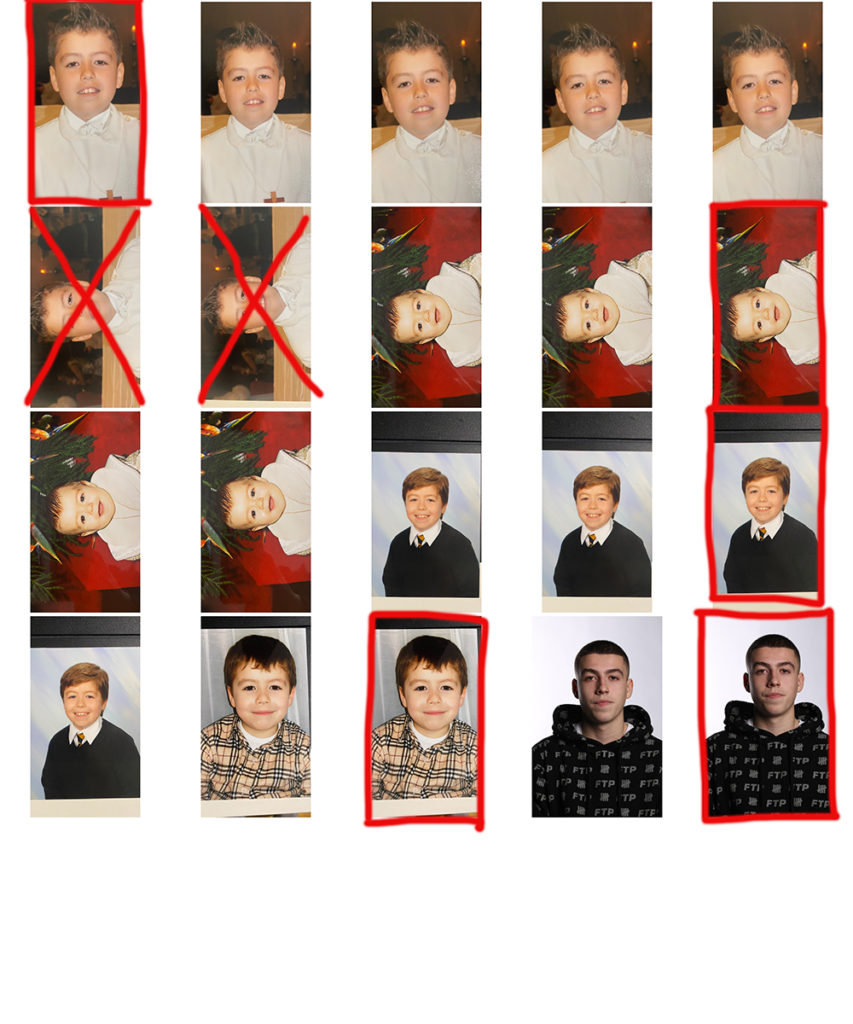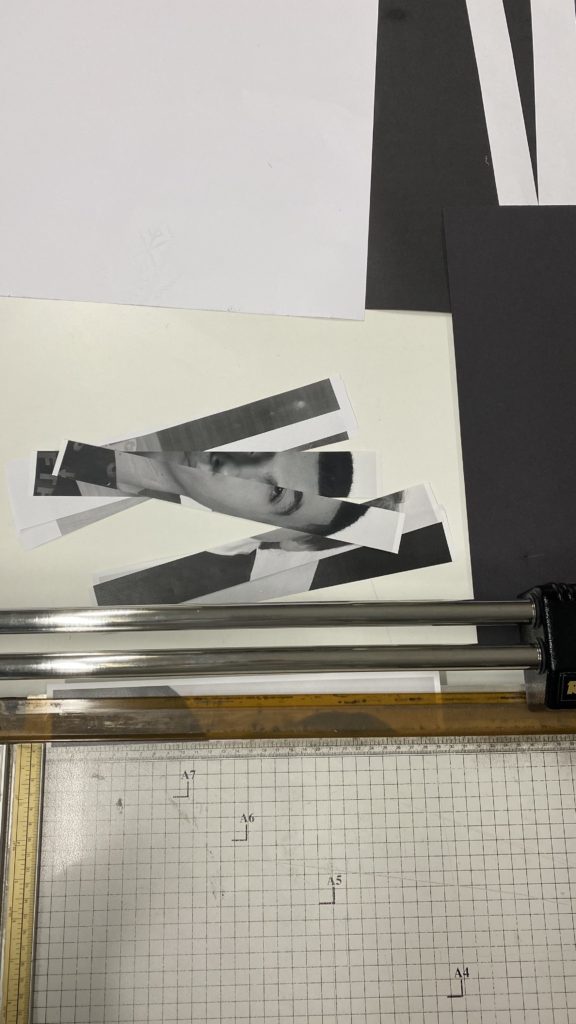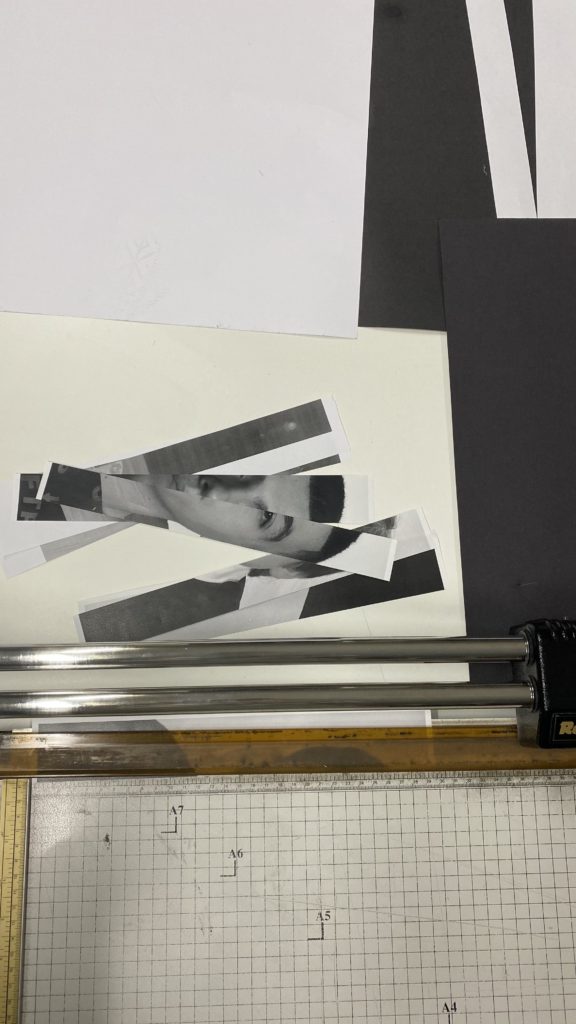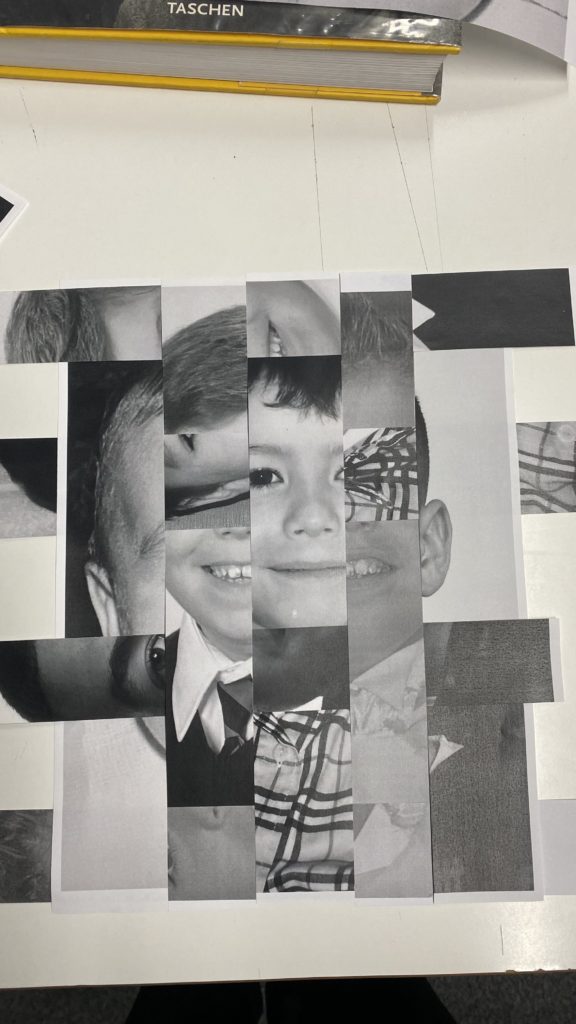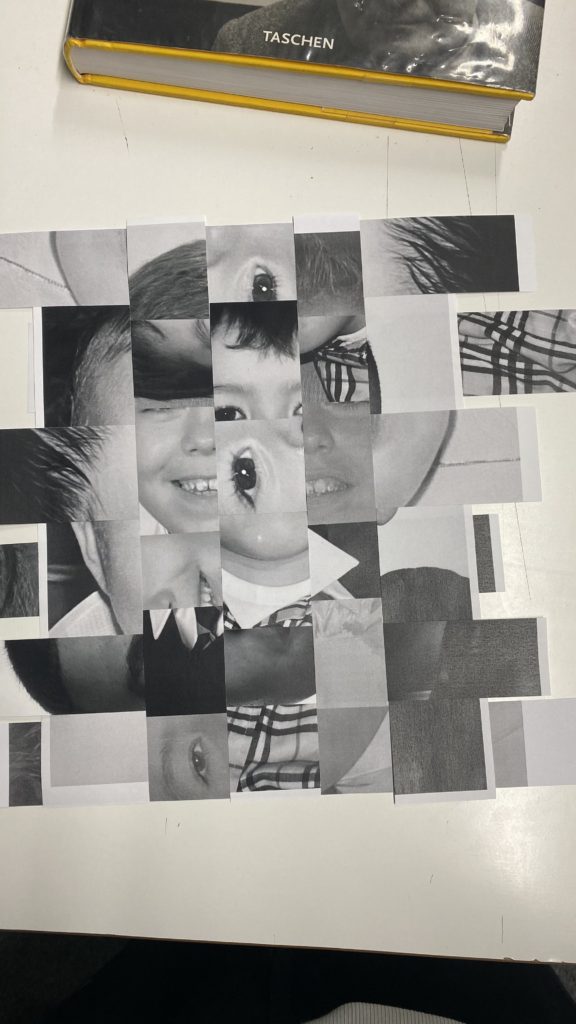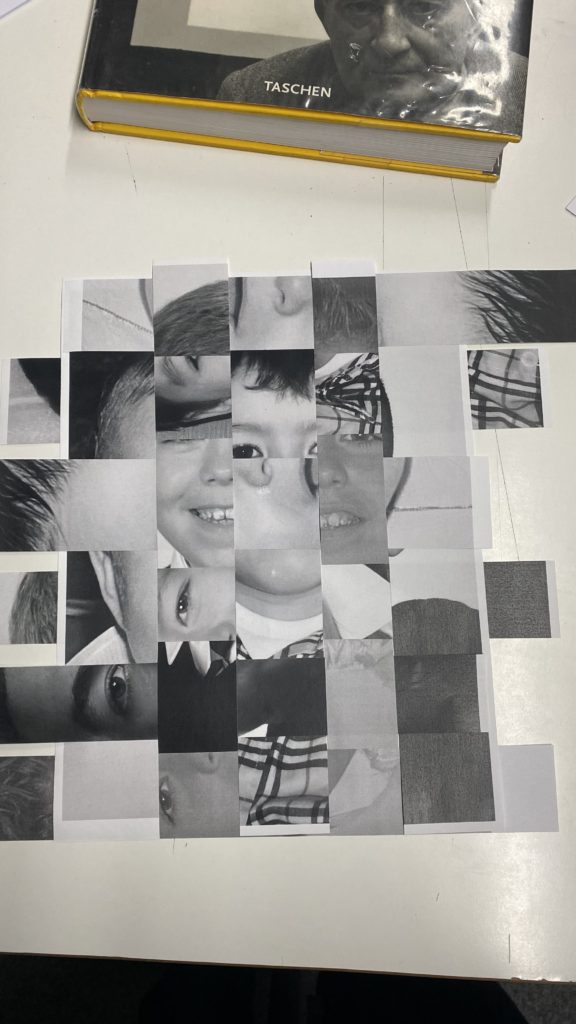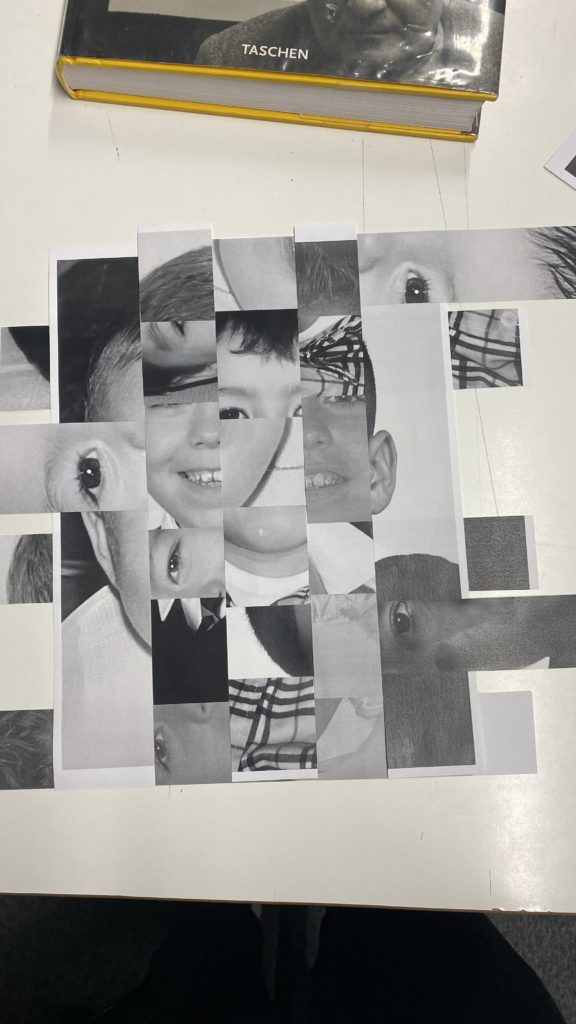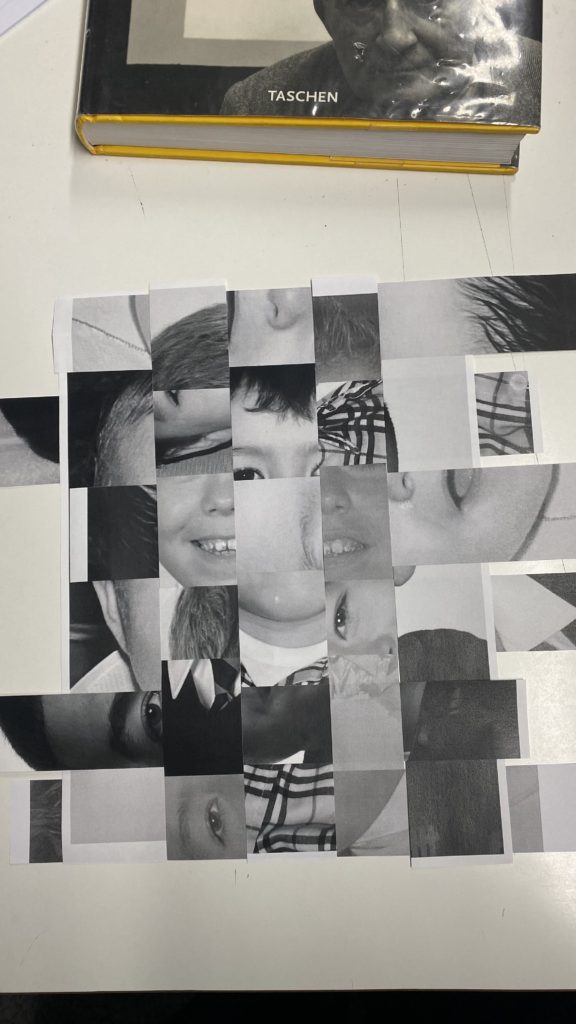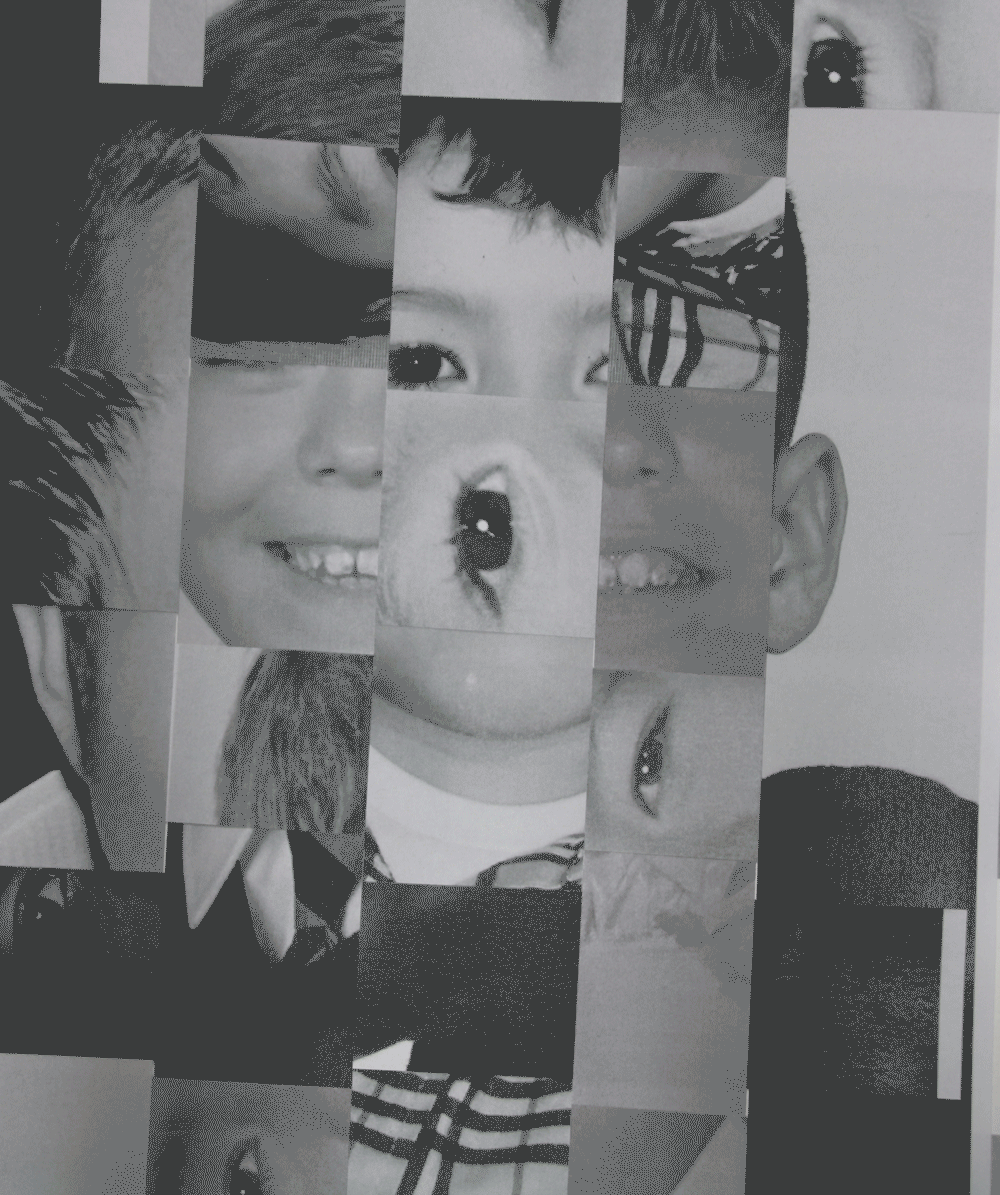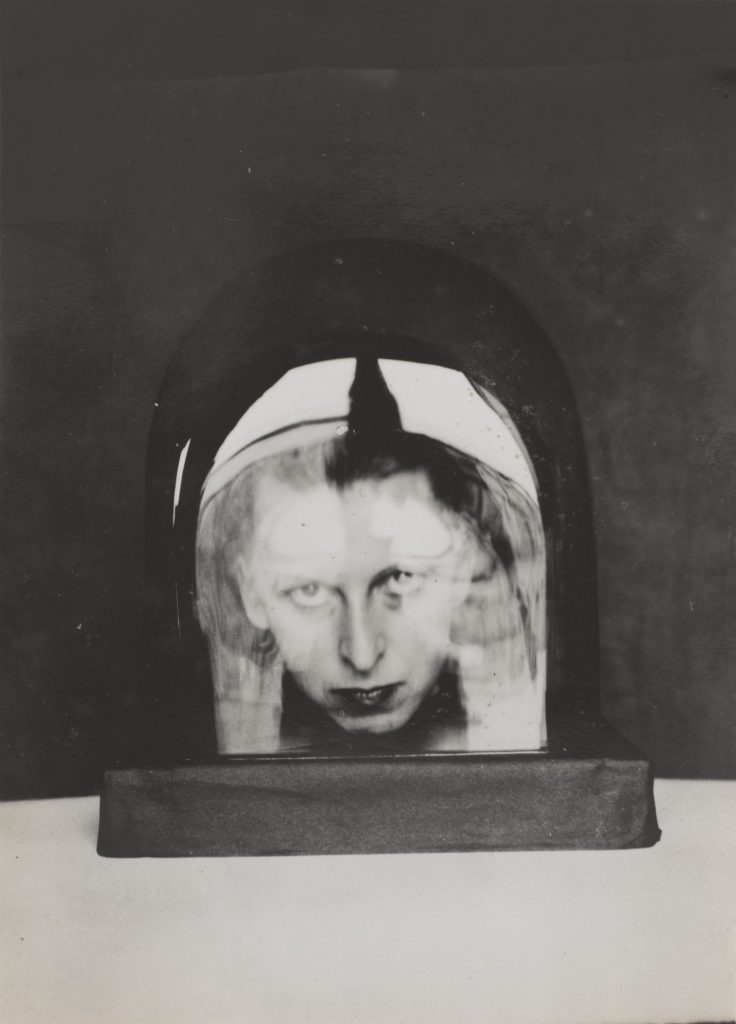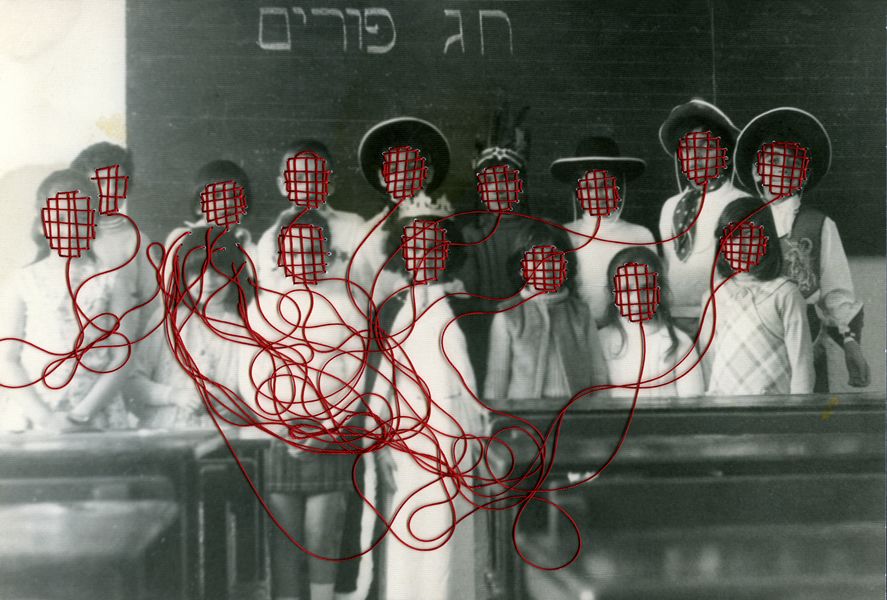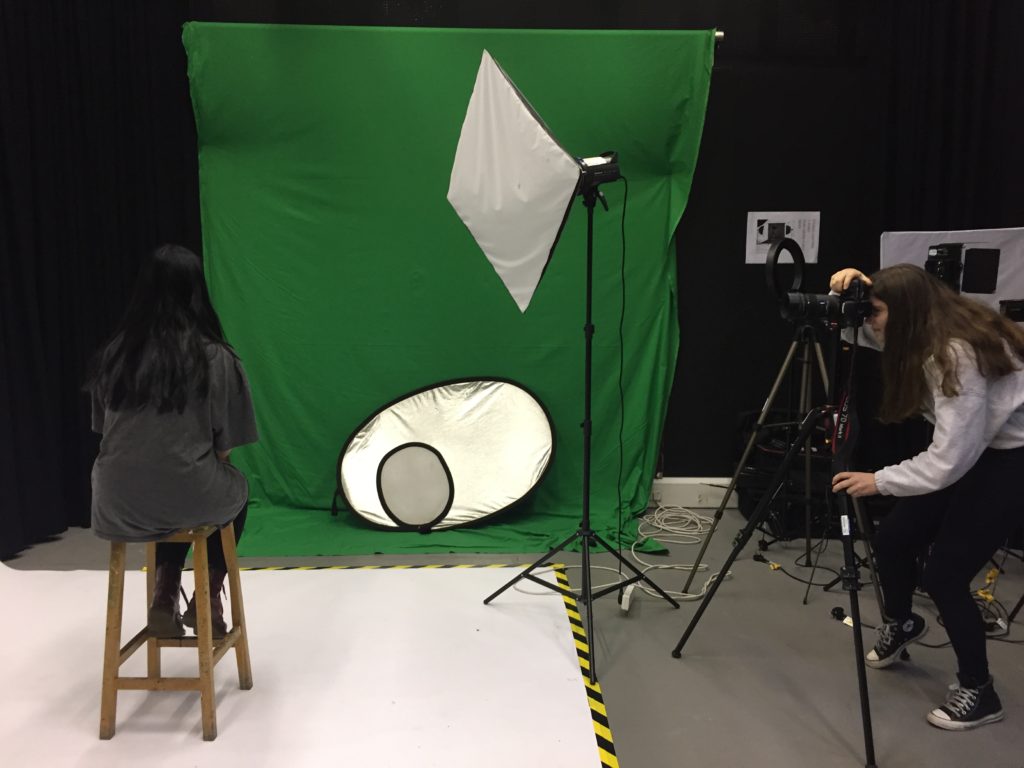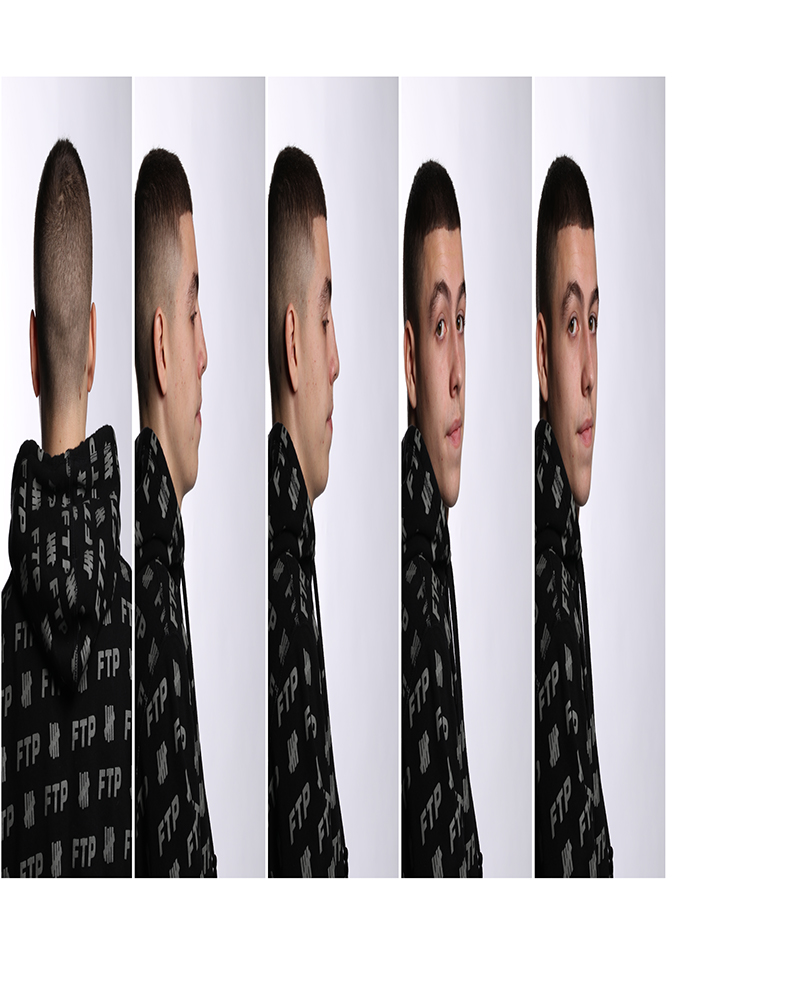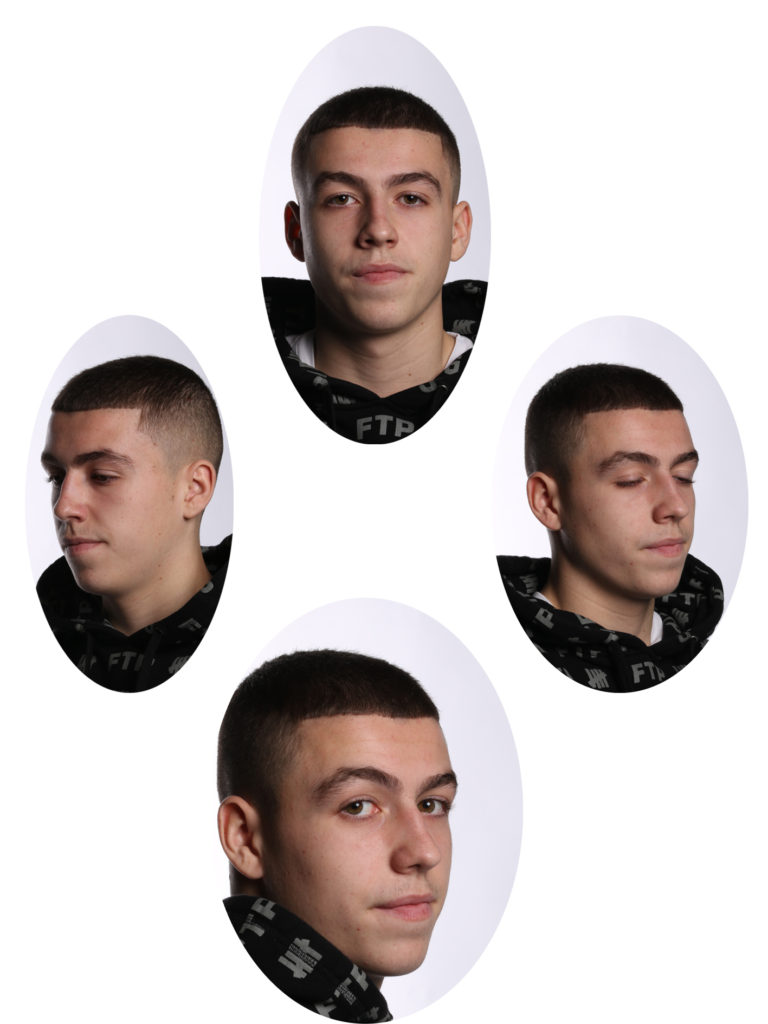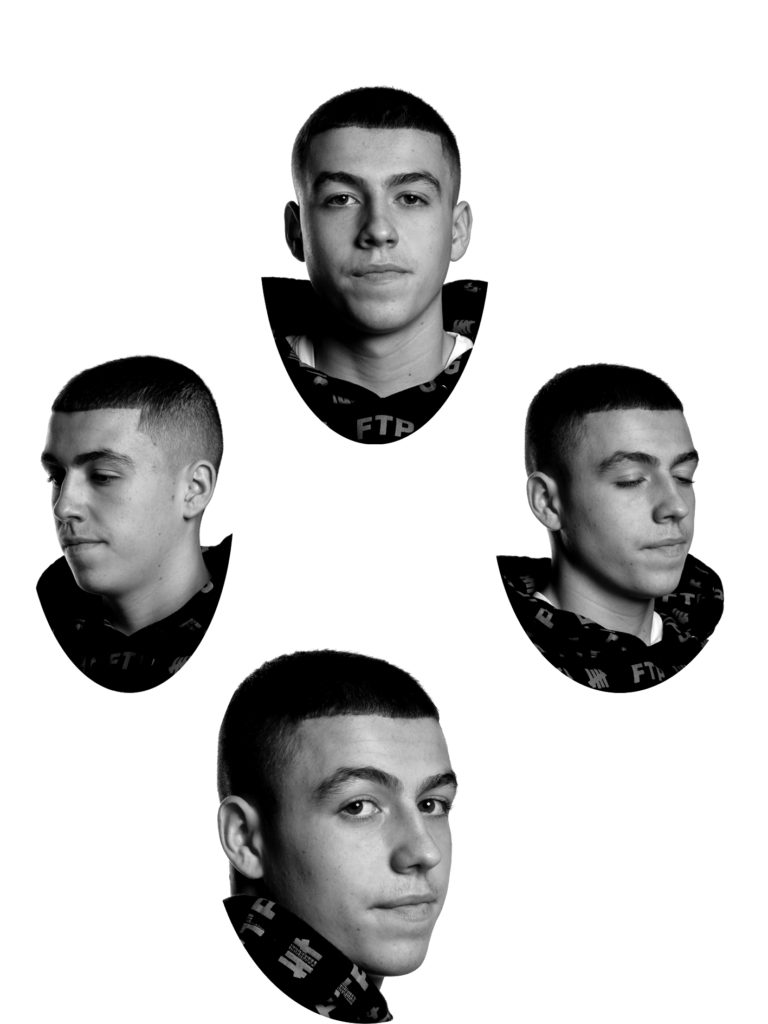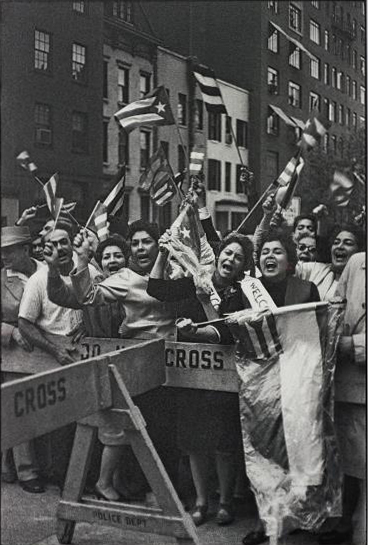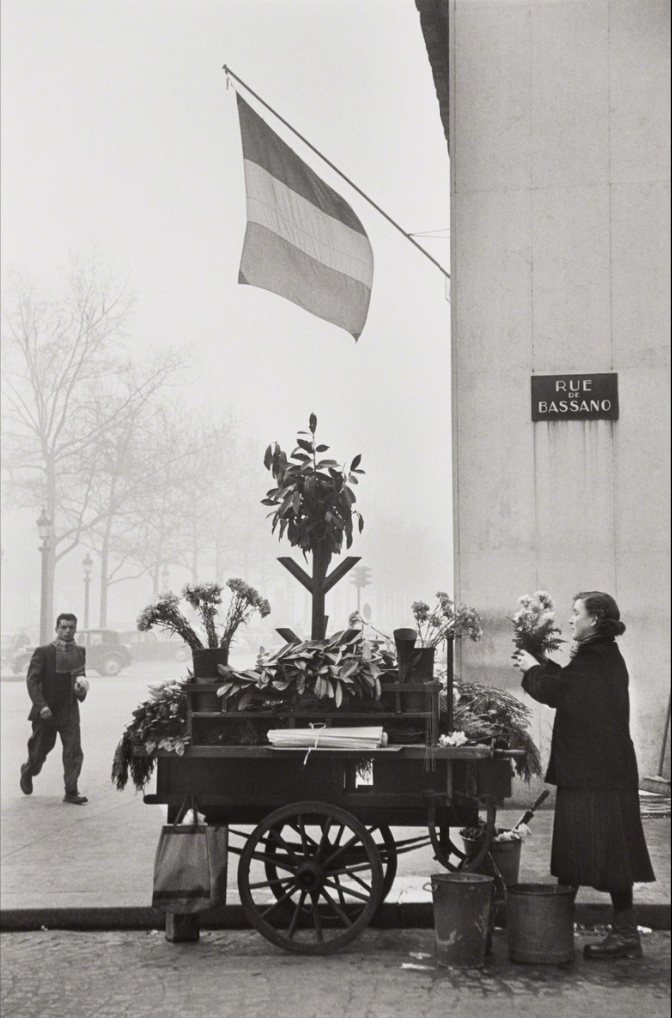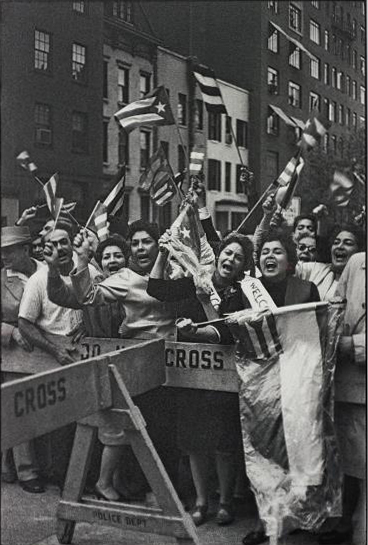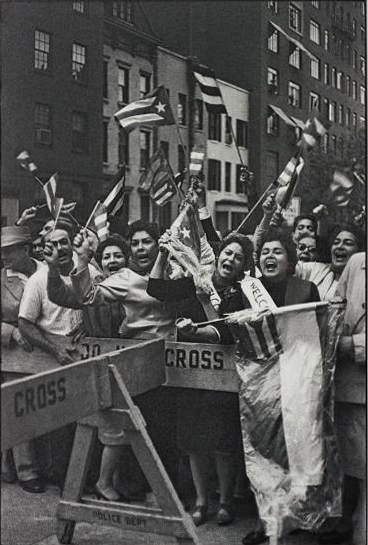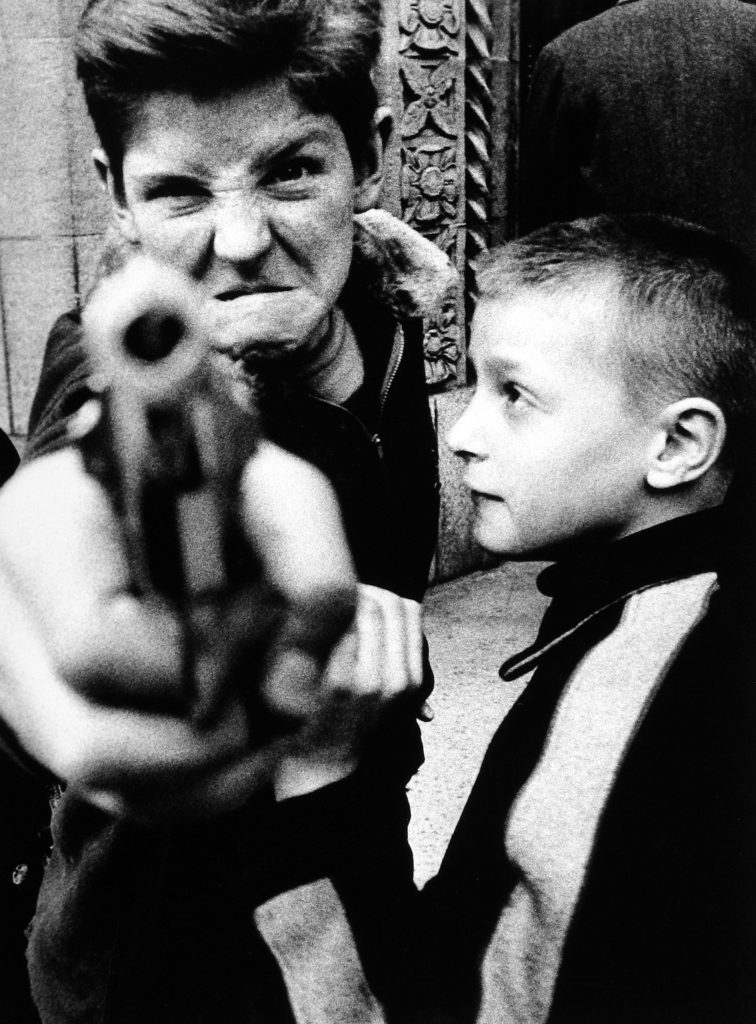The new topographics was the turning point in history in 1975 which was a shift away from photographing traditional landscapes, to photograph of landscapes that are unromanticised, industrial urban landscapes. This movement of new landscape photography was made because of the fact that society wasn’t recognising the issues of how the world was being slowly decaying from the natural landscapes being altered to urban, man made buildings taking over, raising awareness of the issue that was on the uprise. The photographers that where involved in this movement where 10: Robert Adams, Lewis Baltz, Bernd and Hilla Becher, Joe Deal, Frank Gohlke, Nicholas Nixon, John Schott, Stephen Shore, and Henry Wessel.

As you can see from the image above, this photograph is perfect in terms of the explanation of the “new topographics”. This reasoning behind this is because in the image you can see how there are industrial images as the main focus when you look at the image, however, if you look in the surroundings of these images you can see that there is some natural scenery in the surroundings of these industrial landscape images. This is because the photographers that where apart of this movement tried to get across that if society carries on with having urban/industrial landscapes cover up the world, we wont be having many more natural landscapes or even beautiful scenery to appreciate from what the world has given us.
Plan
Where – photo shoot will be taken around oakfield sports center and highlands.
What – I will be taking some deadpan images of industrial buildings
When – I will be carrying out this photo shoot during the daytime at around 1pm.
How – These photos will be taken at head height with the camera facing starring onto the object that i will be taking pictures of with the setting’s being exposure/80 and IOS/400.
Why – I am taking these pictures in inspiration of the new topographic in taking my own pictures to do with this project.
Contact Sheet

Final Images
From my final images, i got them to look so appealing in the compositions of black and white through editing. The process I went through in editing the images where making them black and white, then i went ahead and changed the colours that where in the images originally to enhance some proportions of the images. For example, it is shown in my images that you can see some dirt and textures that are enhancing from the edit making them appealing.
Comparison
Frank Gohlke

My Image

In both images, the lighting used is petty much identical, Frank’s image was lighted by natural light coming from above and behind the two focal points of the image which is directly above the structures. I know this because it shown in the picture’s that there are shadows on the ground in front of the objects on the ground. In my image, I used an aperatu






